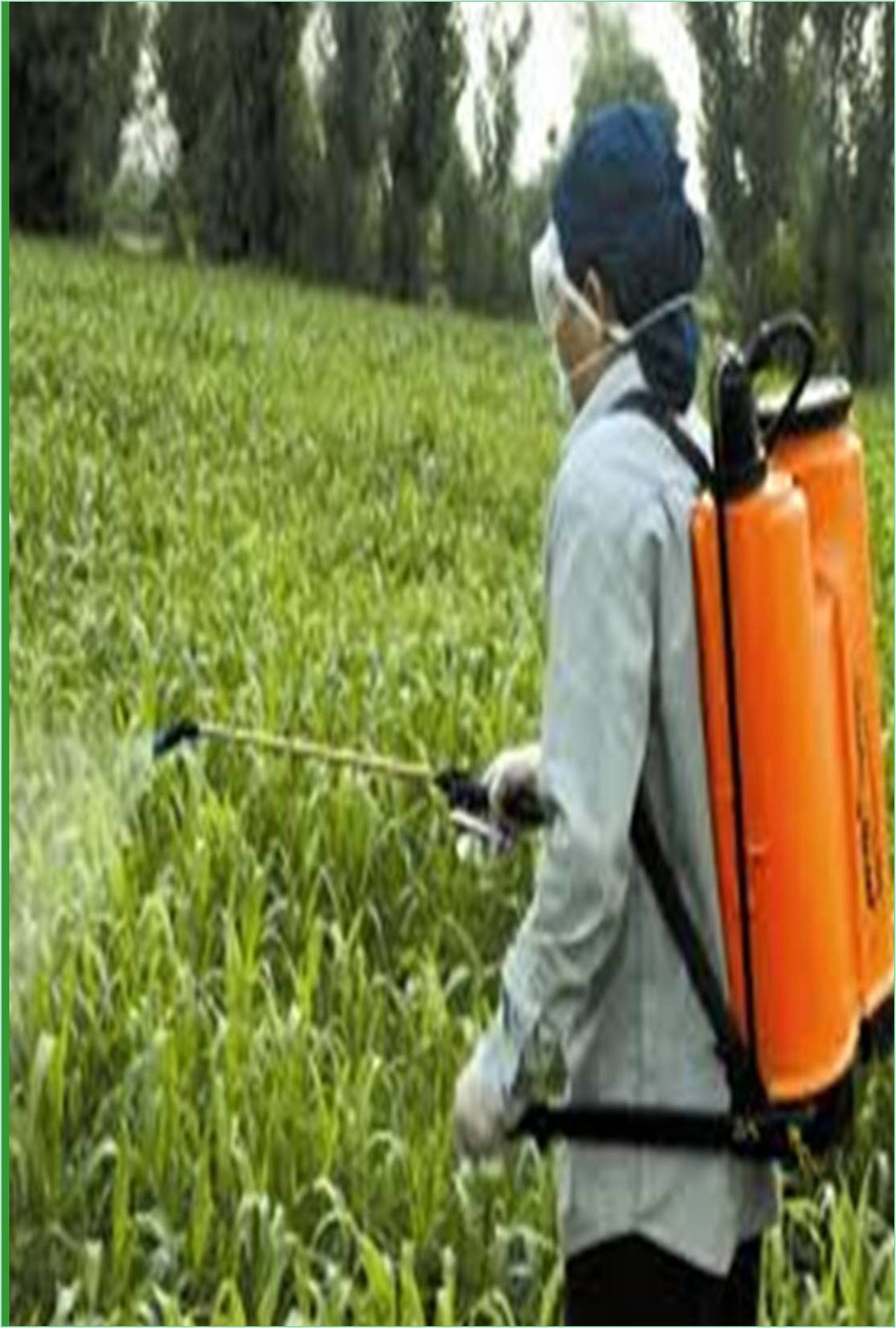



Received: 25-Jul-2022, Manuscript No. GJPDCP-22-71697; Editor assigned: 28-Jul-2022, Pre QC No. GJPDCP-22-71697 (PQ); Reviewed: 11-Aug-2022, QC No. GJPDCP-22-71697; Revised: 18-Aug-2022, Manuscript No. GJPDCP-22-71697 (R); Published: 25-Aug-2022, DOI: 10.15651/GJPDCP.22.7.048
Pests are organisms that compete with or damage plant species. An animal is considered a pest or vermin if it harms forestry or damages crops. Elephants are considered pests by farmers who predatory and trample crops. Mosquitoes and ticks are vectors of disease, but they are also pests because of their painful bites. A plague is an organism that spreads disease, causes destruction, or is a nuisance. Examples of pests are mosquitoes, rodents, and weeds. Not all insects are pests. Many different types of insects eat other insects and are beneficial species. They directly affect crop production by chewing on crop leaves, sucking plant sap, burrowing roots, stems, and leaves, and spreading plant pathogens. They feed on natural fibers, destroy wooden building materials, spoil stored grains, and accelerate the decomposition process.
Agricultural pests are plants, animals, and fungi that reduce crop yields. Pest management can be controlled using physical (cultivation, mechanical weed control, etc.,), biological (cultivar selection, crop rotation, antagonists, predators, etc.,), and chemical (insecticides/ pesticides).
Crop protection is the general method or practice of protecting crops from various pathogens, including pests, weeds, plant diseases, and other organisms that damage crops. In addition to crops, farmlands are inhabited by weeds, small animals such as mice and mites, insects, pests, pathogens, and frequent bird infestations. All these factors are primarily responsible for crop loss or crop damage. To achieve high yields, farmers need to protect their crops from these pests. Therefore, crop protection management before, during, and after cultivation is important. Chemical crop protection products are commonly called insecticides or pesticides and these play an important role in controlling the pests and diseases that threaten our food supply. Food crops must compete with 30,000 species of weeds, 3,000 species of nematodes, and 10,000 species of herbivorous insects. We know that 20%-40% of potential food production is lost by pests each year, despite the use of modern crop protection products. These losses can occur while crops are growing in the field, during storage, and at home. Without any proper use of crop protection products, it is impossible to adequate the reliable food supply.
Both insects and pests are major causes of crop damage and yield loss. They can ruin the entire harvest and eat up most of the grain. If left unchecked, they can reduce yields by 30%-50% every year. The best way to prevent crop damage is to incorporate integrated pest management and insect management. Pesticides help farmers reduce pest damage to crops and increase food production. They are very important as they improve the quality and yield of agricultural products. Crop protection products are developed to prevent and control crop yield loss due to pests in the field. Pests reduce yields in several ways. If all other interventions like fertilization, weeding, and tillage are not properly implemented, the quality and quantity of agricultural yields will be lost. Losses are greater when protection is omitted or superficially and poorly executed. Once pests appear on crops, it is very difficult to fully control them and yield losses are inevitable. Therefore, farmers should take crop protection measures to minimize losses to acceptable levels.
Control measures can be implemented under favorable conditions before pest infestation. Control measures can also be applied immediately after pest infestation or at economic limits. This is the time when crop pest populations can cause significant economic damage. Crop Protection is designed to prevent and control crop loss caused by pests in the field (pre-harvest loss) and during storage (post-harvest loss). Specific methods of integrated pest management include tillage, hoeing, pool preparation, manual picking off pests, and a cow dung clay mixture, pruning of fruit trees, use of wood ash on and near vegetable crops, drumming or using domestic dogs to combat the threat of birds and monkeys and kerosene to kill the borer.
Pathogenic diseases are another type of factor that damages yield. Microorganisms such as bacteria, fungi, and viruses attack different parts of the culture in different ways. Crops can be protected from these diseases by using pesticides and bio-pesticides.